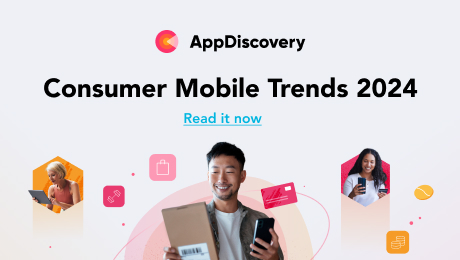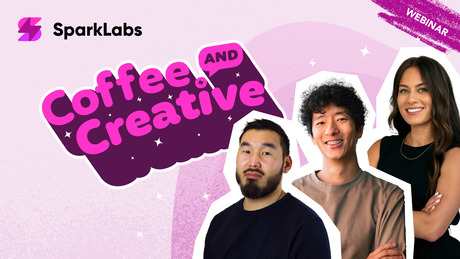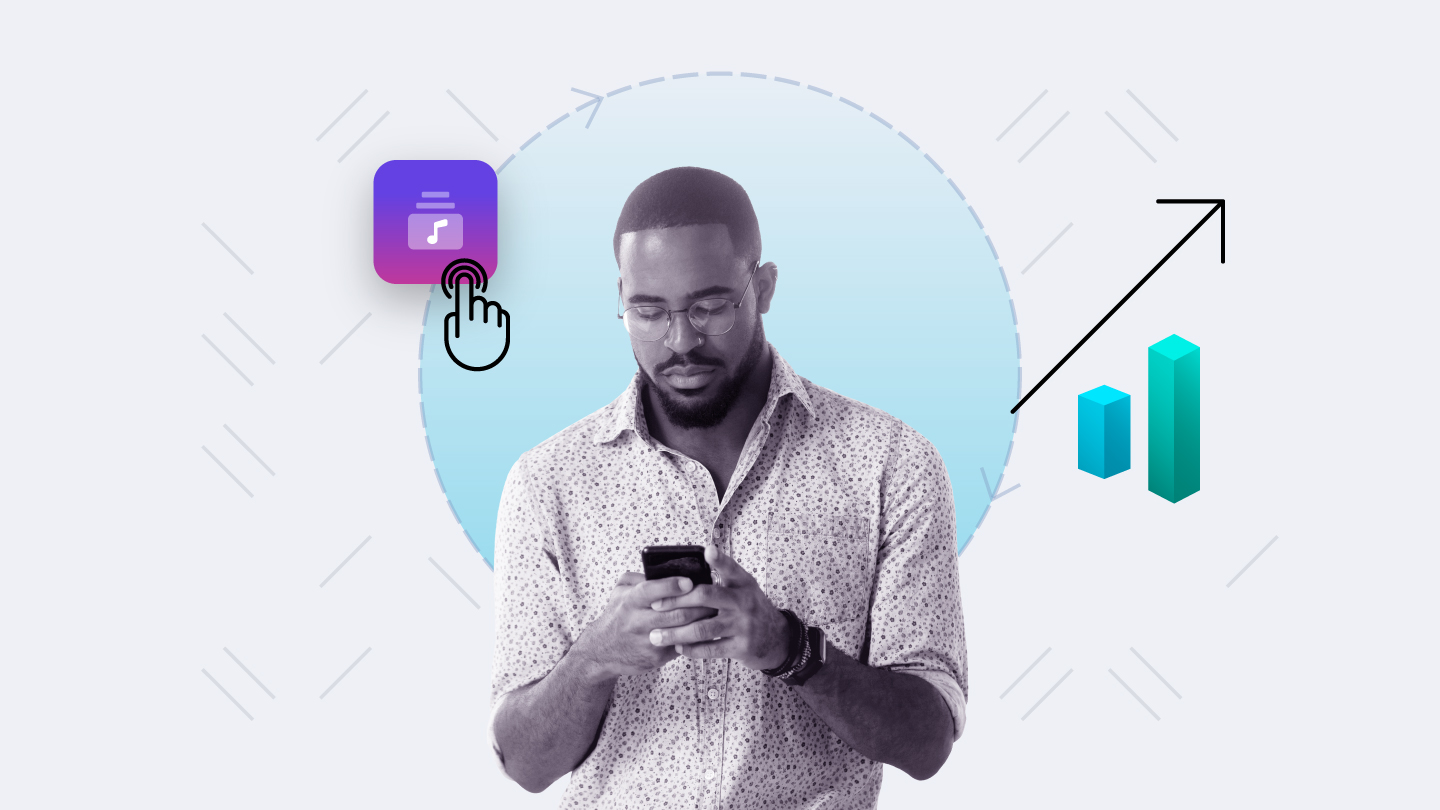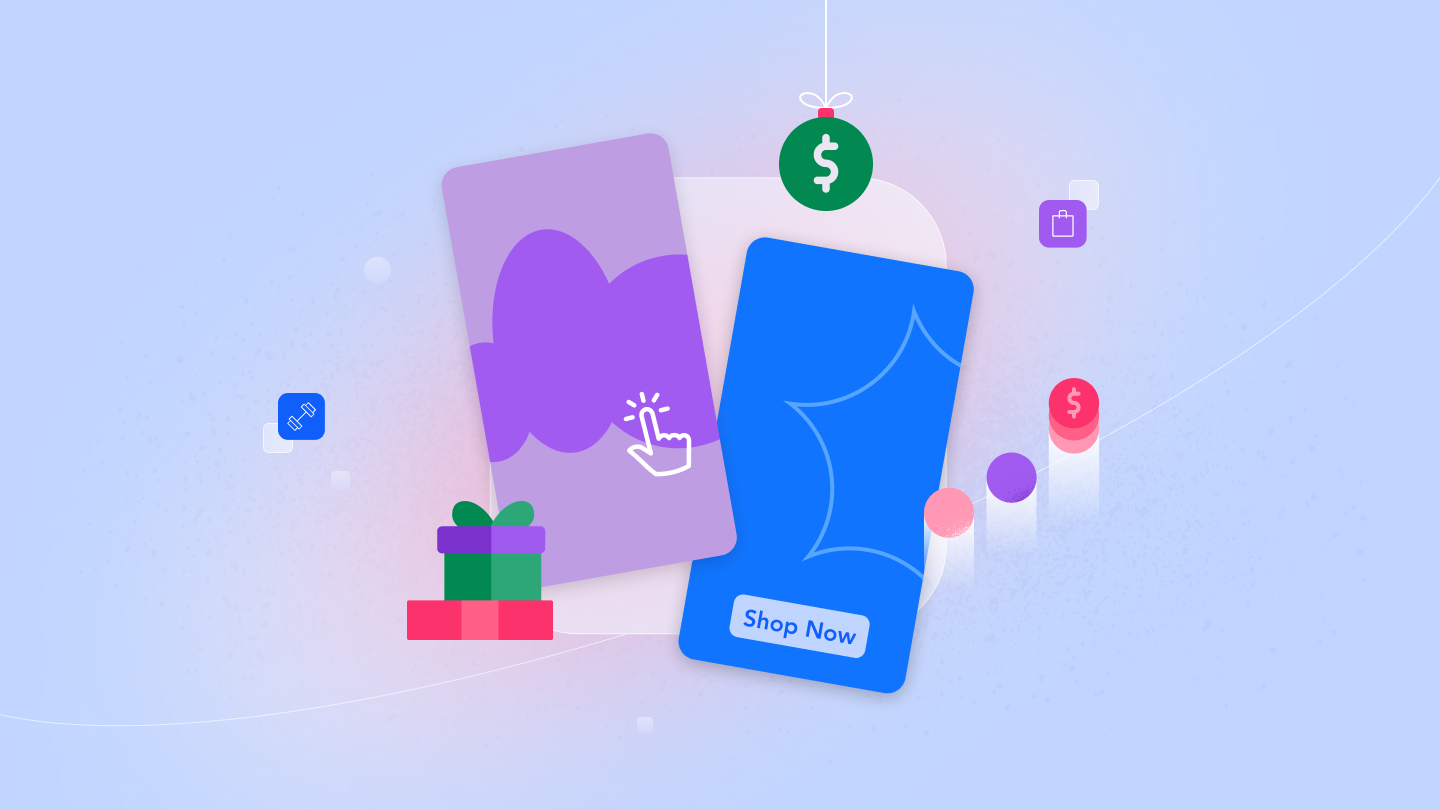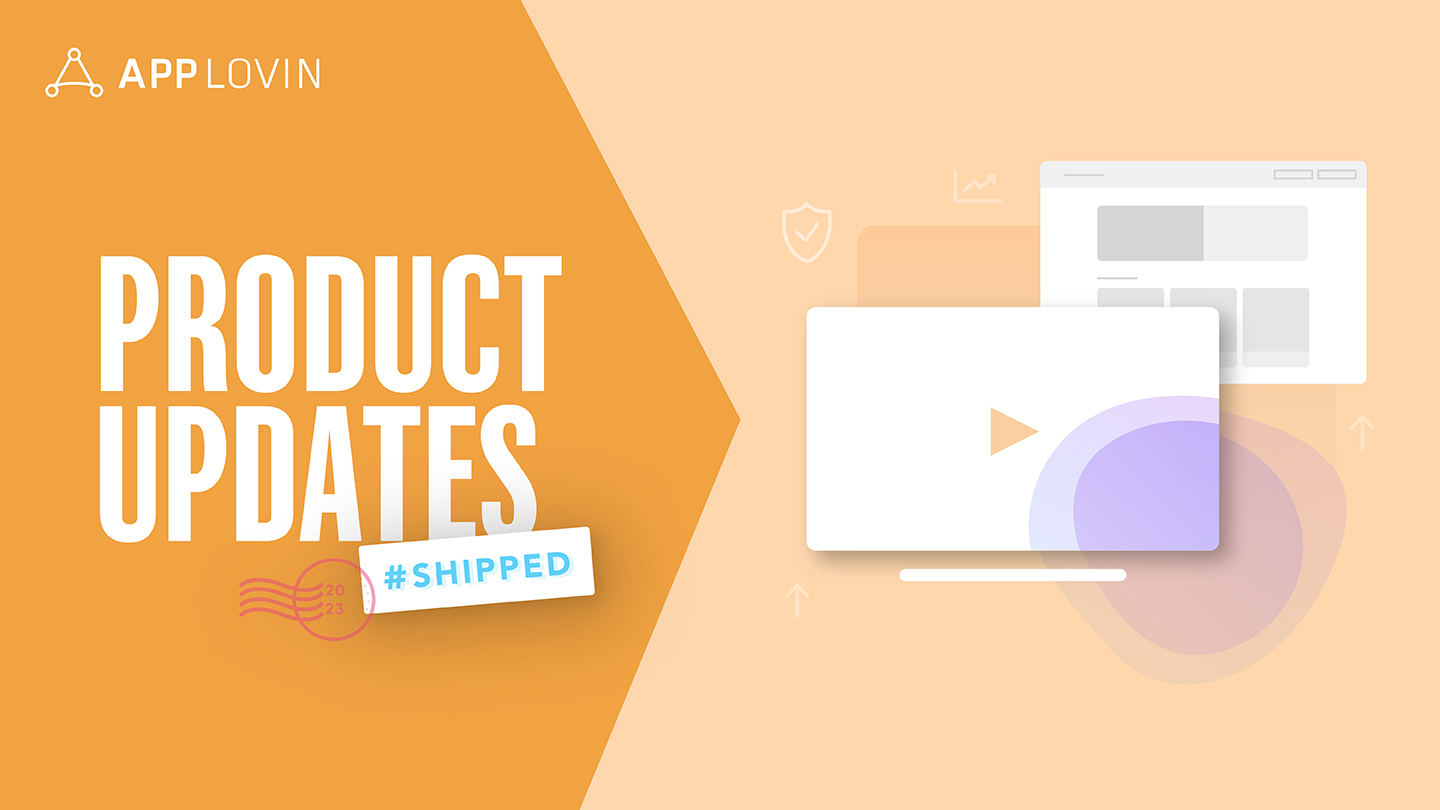Finding and winning over users for your app is one thing; keeping them is another. Users spend 4.2 hours daily on mobile devices, and as a developer, you want your app to get its share of that time and a slice of the $143 billion consumer spend the app economy saw in 2020. More importantly, you don’t want your app to be one of the 56% of apps that are uninstalled the same week they were downloaded.
No matter what kind of app you’ve got, user engagement is the real key to success, and it doesn’t happen by accident. You need to have a rock-solid user engagement strategy. To get you on the path to improved engagement, we’ve compiled eight proven, actionable tips.
Tip #1: Make sure your app solves a problem. Whether that problem is “how can I get a pizza in 30 minutes,” “how can I start a retirement savings plan,” or “how can I kill the next five minutes while I wait for my latte,” your app needs to serve a purpose. The better it solves that problem — ideally, better than the other apps in its category — the more likely it is to be opened by users.
Tip #2: Make onboarding a delightful experience. This seems obvious, but it’s trickier than it sounds — and far more important than you think it is. There are lots of details to consider, particularly if your app is in a category that’s been around for a while. Your users may be familiar with a lot of the app’s more standard features, so don’t waste their time walking them through things they already know. Give them the option to skip the tutorial.
That said, if you’re offering a truly novel experience, you’ll need a full tour, but make sure you don’t overwhelm users by introducing all the features at once. Instead, try contextual tutorials that appear when a user accesses a new feature. You can also introduce these tutorials while users are idling, which may indicate that they’re lost or confused.
The key is to find a balance for the first onboarding experience. (Note that you may need to A/B test to figure out where that balance is.)
Tip #3: Push notifications are great, but keep them personalized and relevant. Push notifications are a great way to stay in touch with your app’s users, but be smart about when you request permission to serve them. One common mistake is asking for permission to send messages as soon as the app is installed. If users see this prompt before they understand and enjoy the value of the app, they’re not likely to opt-in. A better strategy is to prompt push notifications when the user interacts with a part of the app that would benefit from “reminders” or notifications. For example, in a shopping app, ask users if they’d like notifications when their favorite products are on sale, but only after they’ve added items to the cart. In a gaming app, users may want notifications when a special reward is available or when one of their friends is online.
Tip #4: Beyond push notifications, engage users across multiple channels. Email is the best option since it’s low-cost and a direct line to a consumer who is already interested in your app. It’s also a cost-effective way to engage since it is so much less expensive than digital advertising. Social media messaging can also be effective.
Tip #5: As much as possible, personalize your app’s content. Apps like Spotify and YouTube do a great job of surfacing content that users are likely to enjoy based on what they’ve listened to or watched in the past. In the gaming world, it’s a little more complex, but there may be challenges or characters that users have gravitated toward, and content can be personalized based on those behaviors. For games that rely on in-game purchases, it makes a lot of sense to personalize offers based on where the user is in the game and their previous behaviors — like the types of rewards they’ve gone out of their way to collect in the past. Key point: Effective personalization can be based on interests the user has demonstrated within the app, rather than demographics or other personal information.
Tip #6: Implement LiveOps to build buzz and keep users coming back. For gaming apps, LiveOps are a powerful way to spike engagement. By creating special events, developers can generate excitement that draws users back into the game, driving both engagement and revenue. A great example is WordScapes, which increased LTV by 40% when it added tournaments to its popular game.
Seasonal updates can also lift engagement. Many games see a bump when they adjust content to match the weather (like making the landscape snowy in the winter months) or seasonal events and then adjust the store listing icon to match.
Tip #7: Use community-building features and comparison tools. People love to interact, so give them the opportunity! Leaderboards, in-game chat, user reviews —all of these encourage users to engage more deeply with your content.
Tip #8: Offer incentives and rewards. Prizes aren’t just for gaming apps. Just about every chain restaurant now has an app that enables users to earn free coffee or free fries. Some shopping apps offer rewards not just for purchasing items, but also for posting helpful product reviews — and usually, these rewards can be used as currency towards future purchases. And of course, in the gaming world, prizes that can be redeemed for additional lives or in-app purchases are incredibly effective in driving greater engagement. Other proven-effective tactics for gamers are daily login streaks and timer-based rewards.
Building a plan for user engagement is an important part of your overall strategy and it’s critical to the long-term success of your app. As you build your plan, keep in mind the behaviors you expect from your ideal users: how often do you think they’ll log in? For how long are they likely to stay in the app? Create your engagement plan based on these behaviors, and you should have a roadmap to a long-lived, successful app.
